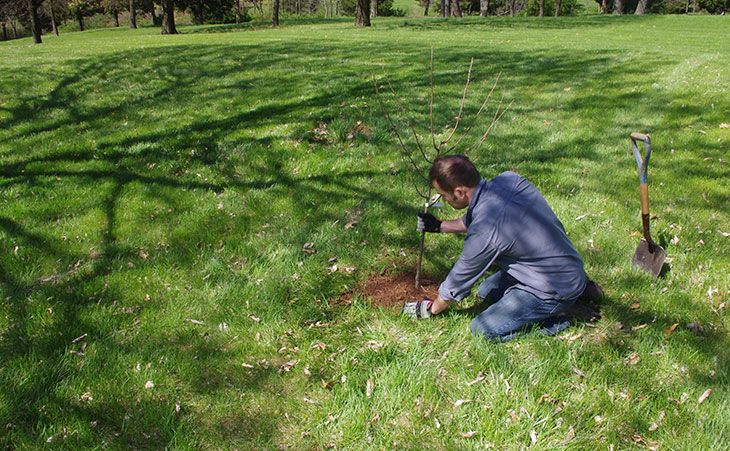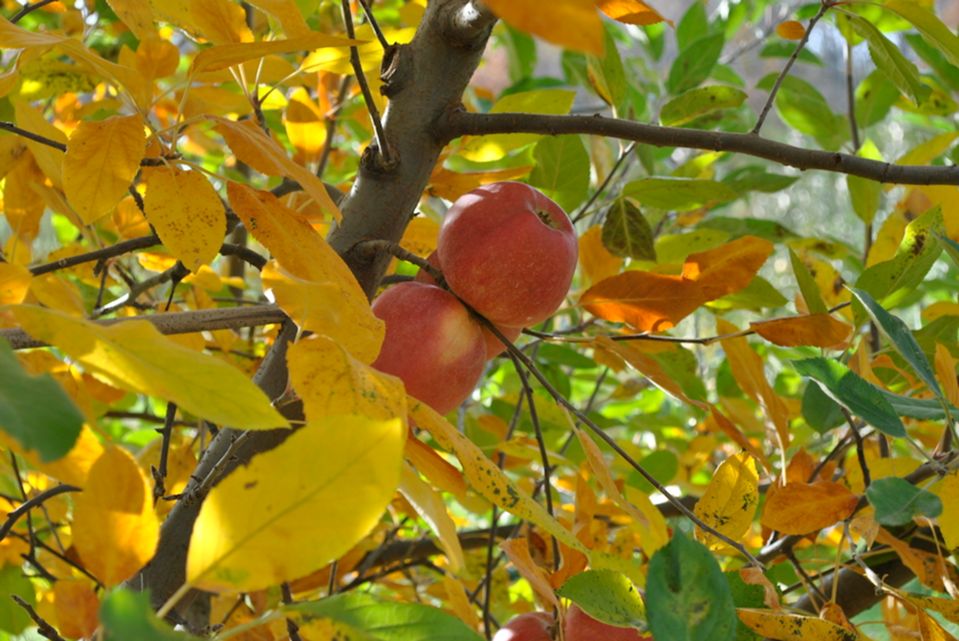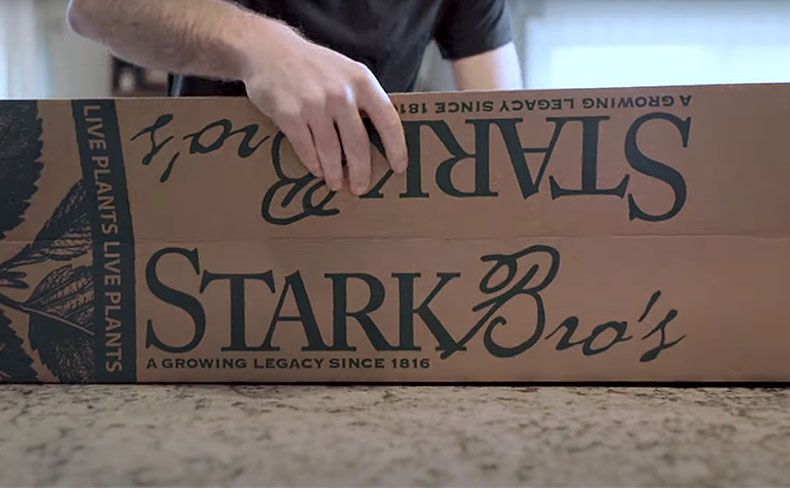The Best Time to Plant

Gardeners often ask, "When is the best time to plant?" but most perennial plants and trees have no specific date. Here's how to tell when you can plant.
When is the best time to plant?
The best time to plant depends on the type of plant and your local conditions. For annual seeds and vegetables, planting dates are specific to the season. However, perennial plants like fruit trees and berry bushes are more flexible. Instead of focusing on a fixed date, aim for a range of favorable conditions:
- Dormant, Bare-Root Plants: Plant when the ground isn’t frozen, daytime temperatures are between 32°F and 90°F, and extreme weather isn’t expected. Spring and fall are ideal for planting dormant plants.
- Potted Plants: Wait until after the threat of frost has passed. Acclimate them gradually to their environment to reduce stress. This includes shielding from strong sunlight, winds, and extreme temperature fluctuations.
Acclimation Tips for Potted Plants
Potted plants grown in greenhouses often arrive leafed out and actively growing. Acclimating them to outdoor conditions involves gradually exposing them to sunlight, moderate temperatures, and gentle watering schedules. Keep plants indoors if temperatures drop below 50°F.
Spring vs. Fall Planting
Spring planting provides a long growing season for roots to establish, while fall planting often takes advantage of cooler temperatures and dormant growth periods. Both seasons offer benefits depending on local climates and the specific plant.
Many fruit growers prefer to plant during the dormant season, some prefer to plant in the spring and others partake in the advantages of planting in the fall. As long as you keep in mind what you are planting and avoid the unfavorable conditions listed above, you can plant when you feel most comfortable.
By focusing on the plant type and local conditions, you can achieve successful planting while providing a strong start for growth.





